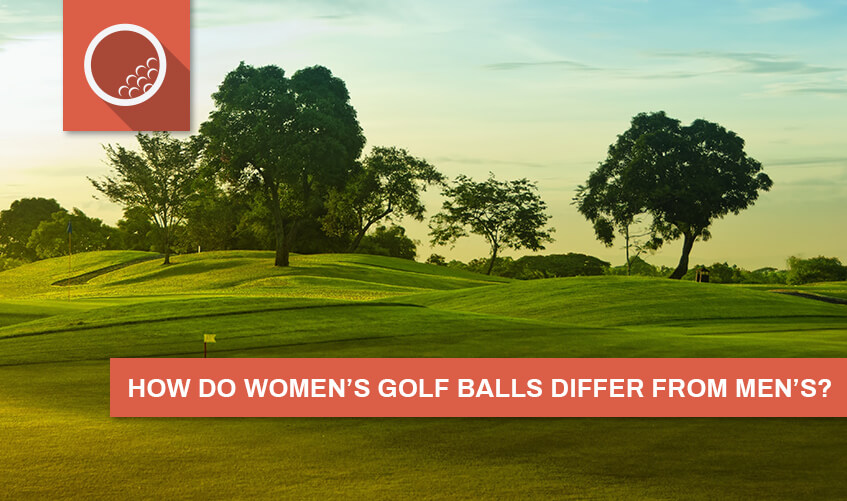What Is The History Of Golf Balls?
The History of Golf Balls
Diving into the depths of most golf bags is likely to turn up old golf balls from years past that their owners have long forgotten about. Although it’s easy to think that a ball boasting fewer dimples and a crackling yellow cover is about as old as it gets, the truth is that they have been around a lot longer than anything you are going to dig out of your golf bag.
The history of golf balls is one filled with advancements and breakthroughs, where golf enthusiasts through the ages have strived to make the best possible ball out of whatever materials they had available at the time. The evolution of the golf ball has certainly come a long way from its Scottish roots, with today’s current products being the result of centuries of fine-tuning and technological improvements.
Golf Ball History
To trace back the roots of the modern golf ball, one has to look to the beginning of the game itself. Most golf historians believe that the closest resemblance of today’s current game of golf was derived in Scotland during the mid-15th Century. It was at this time that Scottish noblemen were known for playing a game involving crudely fashioned clubs made to strike wooden balls into holes. These golf balls were made from the indigenous trees available in the area, such as beech or elm.
The proliferation of a new type of golf ball “the feathery golf ball” came about in the 17th Century, when golf aficionados would handcraft golf balls using soft, feathery cores surrounded by leather coverings from cowhide or other leather types. Although it may sound like a crude upgrade, feathery golf balls were actually a huge leap in golf ball evolution, vastly improving distance achieved while expanding the life of clubs and their clubfaces.
The feathery golf ball would remain the ball of choice for over two centuries until another revolutionary golf ball type, the gutty golf ball, would come along. This 19th Century advancement in golf ball technology consisted of using dried tree sap to craft and shape golf balls while the material was hot, before the golf balls cooled to a rubber-like consistency.
This golf-ball upgrade, which was cheaper and better performing than the previous status quo, helped boost the popularity of the game throughout the 1800s, and is largely responsible for taking what used to be an activity only available to the wealthy and bringing the game of golf to the masses.
Golf Balls in the Modern Era
At the turn of the 20th Century, golf balls got a facelift that changed the game forever with the inception of the rubber core golf ball. This golf ball, introduced in 1898 by Coburn Haskell in cooperation with the B.F. Goodrich Company, is the basis for modern golf ball construction today: a rubber core surrounded by a durable cover. Just a few years later, the first golf ball coverings featuring a dimple pattern came on the scene, further improving golf ball aerodynamics and distance off the tee.
From this basic design, golf ball manufacturers have worked tediously throughout the 20th Century to hone in on the elements that make golf balls perform their best, while throwing out components found to be performance hindrances. While the golf balls at the turn of the century were covered with a type of hardened tree sap used to give them response off the clubface, manufacturers soon found synthetic alternatives that produced better results through the application of Surlyn and urethane golf ball covers during the 1960s. These covers improved distance, trajectory, accuracy and response, all while maintaining durability and feel over the course of several rounds.
Today, modern applications include multi-layered rubber cores surrounded by advanced casings, all encompassed by single, double, or triple-layered golf ball covers designed to deliver different reactions and responses that are custom-fit for the varying needs of individual golfers. These 21st Century golf balls can help golfers concentrate on longer drives and further distance off the fairways, or can be customized for players seeking better control and accuracy for their short game around the fringes, sand traps and greens.
The evolution of golf balls has certainly come a long way from the modern golf ball’s wooden ancestors, advancing alongside available technology over the years to provide golfers with better performance and a more enjoyable golfing experience on the course. Golf ball manufacturers continue to work toward delivering the very best in golf equipment, and if history is any indication of how golf balls have advanced over the years, the best is yet to come.



